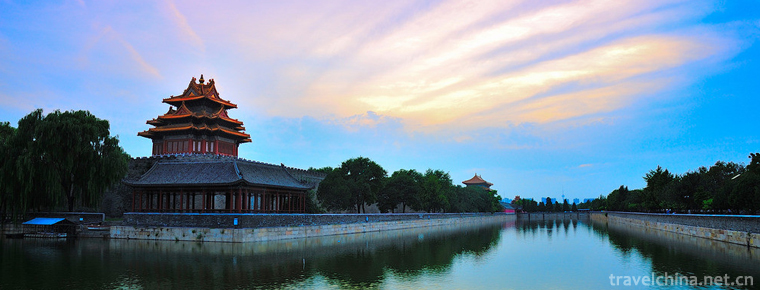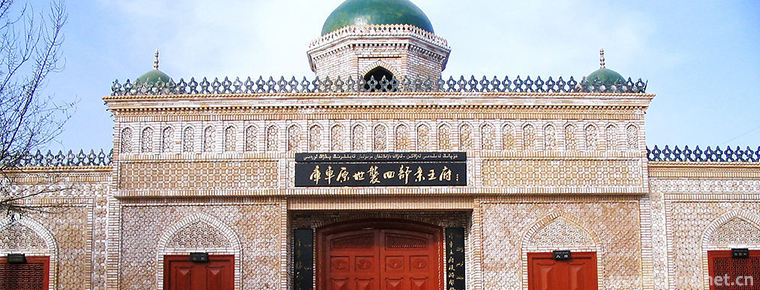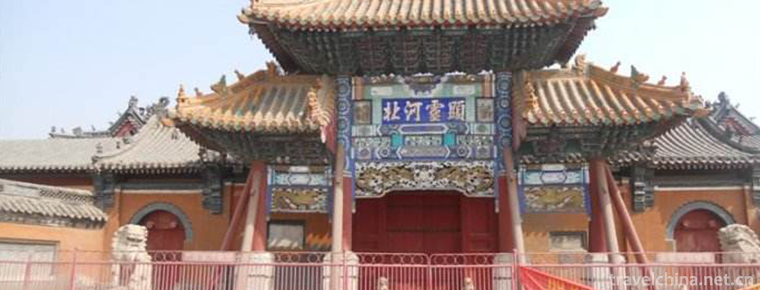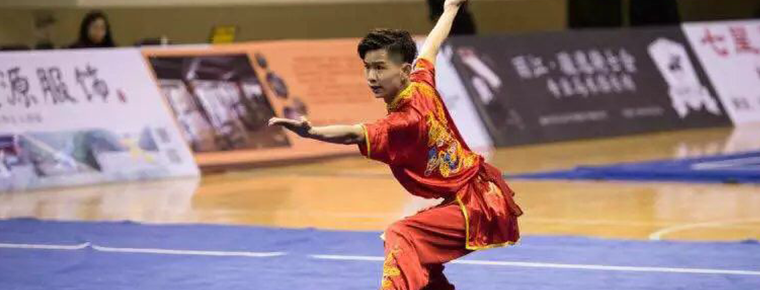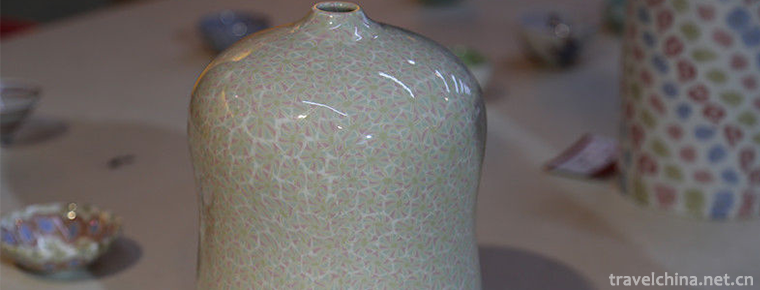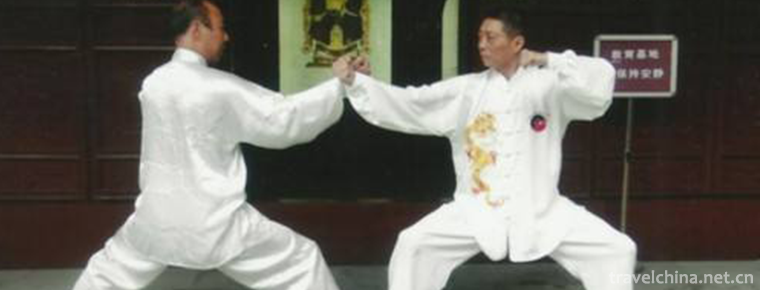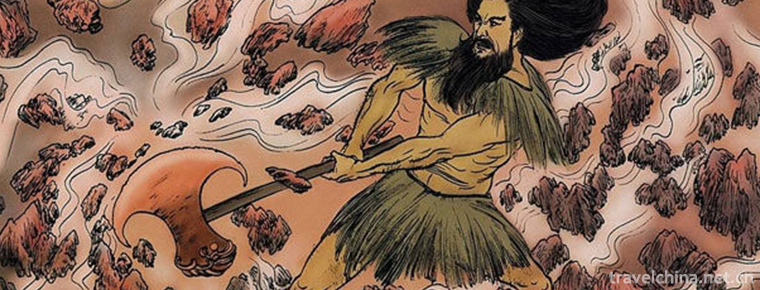Zong Baonao
Zong Baonao
The dance used for sacrifice - the Yao Zong Baonao Dance is evolved from an ancient legend. According to Changtang Yao people, from generation to generation, in ancient times, a beautiful Yao mother lived on Xuefeng Mountain, once captured by ferocious mountain ghosts while picking fruits. Her son was determined to save his mother by fighting ghosts. He worshiped Meishan God as a teacher and practiced his ability of catching ghosts and eliminating devils. In order not to be noticed by the mountain ghosts, he wrapped his head with brown pieces and experienced many dangers. With the help of Sandong Meishan God, he defeated the mountain ghosts and rescued his mother. In order to praise the great filial virtues of ancestors seeking their mothers and saving their mothers and filial piety, Yao descendants hold grand sacrificial ceremonies in the first month of each year, dancing the "brown brains" dance, singing praises, offering sacrifices to ancestors and praying for the future.
For the performance procedure of "Brown Brain", it can be divided into "sacrifice", "single-stick performance", "double-stick performance", "bench skill", "Meishan handstand", "ghost driving, beast fighting" and "celebration". For its preparation, a table should be placed in the center of the venue to offer tribute such as bamboo buns and peaches. When the incense and candles were lit, Yao Laoyin sounded the horn of a bull toward the sky, and "Brown Brain" held the stick and shouted forward, then swung the stick and walked, half bowed body, holding the stick in both hands as a cudgel, very pious. For each paragraph of the performance, there are many details. For example, when performing a double-stick show, two people need to shake the stick and oppose each other. You attack and defend against us. "Bench skill" is the routine used by Dai Chang Road in the past, but the scenes of "Meishan inverted", "exorcising ghosts and beating wild animals" are seldom seen now. According to the rules, the last thing to do is to build a fire and jump out. The whole activity will not end until very late.
For the movements of brown brain dance, most of them are original dance movements such as head swing, arm swing, club, waist twisting, foot stamping, left and right pause, which are concise, clean, rough and powerful. For its manifestation, it can be divided into single, double, multi-person and bench performances. The part of dance action can be roughly divided into multi-person performance and double stick performance. The dancing action of brown brain-wrapped dance is based on the movement of clubs, which is simple and simple without lack of rich significance.
It is reported that although the "brown enclosed brain" dance has a long history, interpreting the unique ancient Yao people's sacrifice and filial piety culture, but because of the deep mountains, it has been full of mysterious color in the outside world. However, it has distinct local ethnic characteristics and strong local flavor. It has important reference value for the study of folk literature, ethnology, folklore and Yao people's living customs in Southwest Hunan, as well as for the study of Meishan culture and Nuo culture. Its excavation is of great significance for people to trace back and explore the origin, development and evolution of ancient Yao dance and ancient martial arts dance.

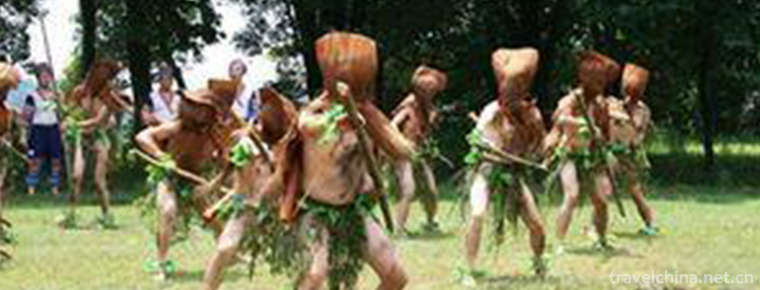
-
The Peninsula Shanghai
Shanghai Peninsula Hotel is located on the Bund, which has a long history. It is the only new building on the Bund in 60 years. It can enjoy the Grand View of the Bund, Huangpu River, Pudong .
Views: 253 Time 2018-12-16 -
Xiantan Mountain Hot Spring Town
Xiantan Mountain Hot Spring Town is located in Xiwangzhuang Town, Zaozhuang City, Shandong Province. It is on the west side of Zaoji S345 Highway, south of Taierzhuang Ancient City, and on the side of.
Views: 204 Time 2018-12-22 -
Kuqa Wangfu Scenic Area
Located in Kuqa County, Xinjiang, the "Kuqa Wangfu" was built by Emperor Qianlong of Qing Dynasty in 1759 by dispatching Han craftsmen from the mainland in order to commend the local Uygur l.
Views: 150 Time 2019-01-29 -
Anguo City
Anguo City, formerly known as Qizhou, is now the jurisdiction area of Baoding City, Hebei Province, 100 kilometers south of Shijiazhuang, the provincial capital. .
Views: 265 Time 2019-03-30 -
Zha Quan
Zha Quan is one of the five major schools of traditional Chinese long boxing, which is widely spread among Hui people. It originated in Shandong Province.
Views: 142 Time 2019-04-15 -
Changshan Cheerful Ballads
In Changshan, the custom of applauding when marrying and bridging a new house has been popular among the people since ancient times for the sake of luck. The content of applause for marriage.
Views: 380 Time 2019-04-16 -
Firing Techniques of Dangyangyu Twisted Tissue Porcelain
Dangyangyu Twisted Tissue Porcelain, a special product of Dangyangyu Village, Xiuwu County, Henan Province, is a product of China's National Geographic Indicators..
Views: 169 Time 2019-04-25 -
Gentle boxing
Mianquan is a kind of uniform, soft, round, coherent, rigid and soft traditional boxing, which belongs to the intangible cultural heritage of Shanghai. Its movement is soft like cotton, the shape and .
Views: 130 Time 2019-06-04 -
Pangu Myth
Pangu myth, the local traditional folk literature of Tongbai County and Biyang County in Henan Province, is one of the national intangible cultural heritage..
Views: 406 Time 2019-06-08 -
Plant resources in Nanchong
There is only one kind of Metasequoia glyptostroboides introduced and cultivated in Nanchong City; there are two kinds of wild protected plants, namely, fragrant fruit tree and narrow leaf pygmy grass, and two kinds of cultivated Ginkgo biloba and Eucommia.
Views: 356 Time 2020-12-17 -
Guangan hydrology
There are two main streams of Jialing River and Qujiang River in Guang'an City. There are more than 700 large and small rivers and streams. There are 35 primary and secondary tributaries with a drainage area of more than 50 square kilometers. Among the.
Views: 325 Time 2020-12-19
